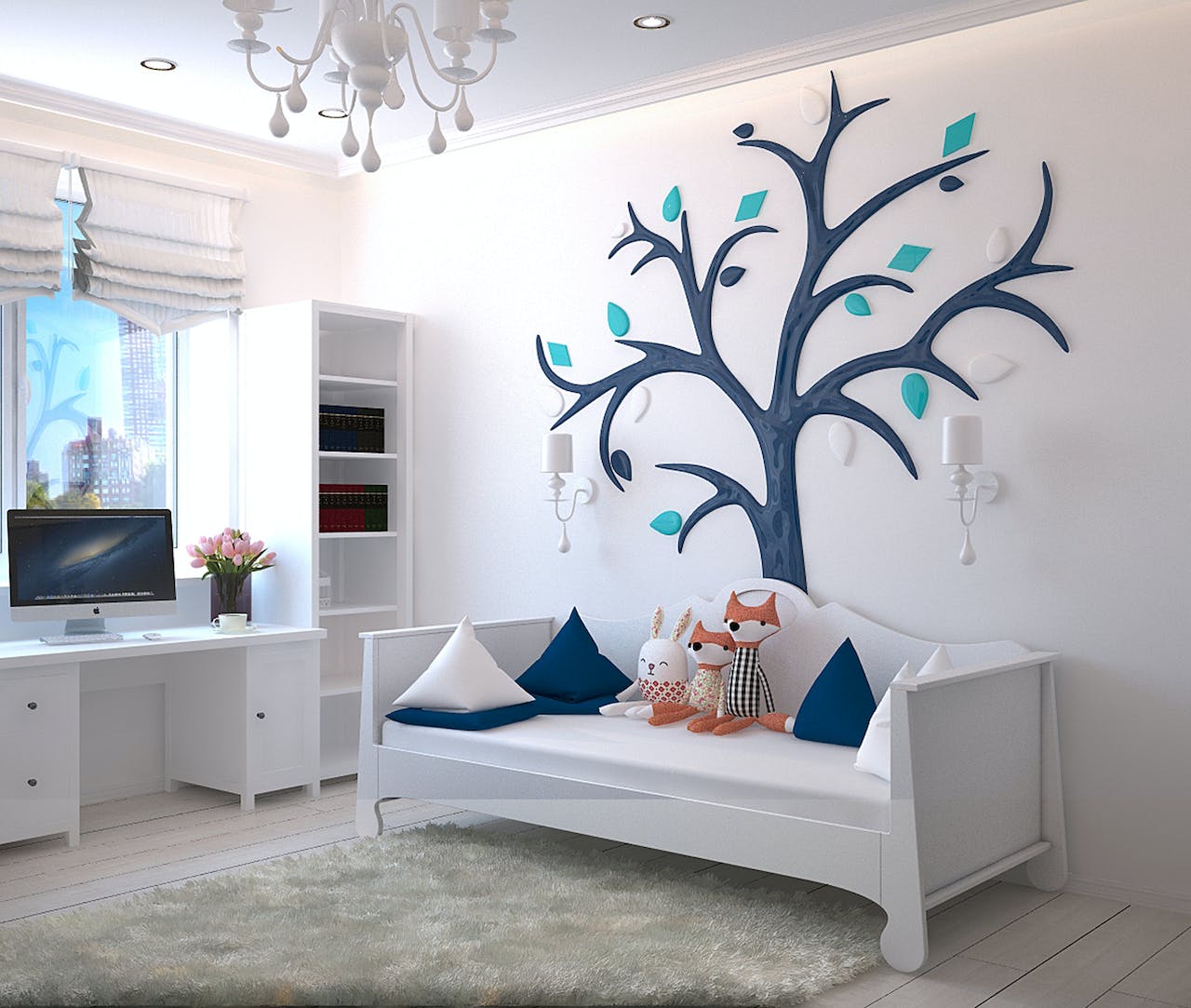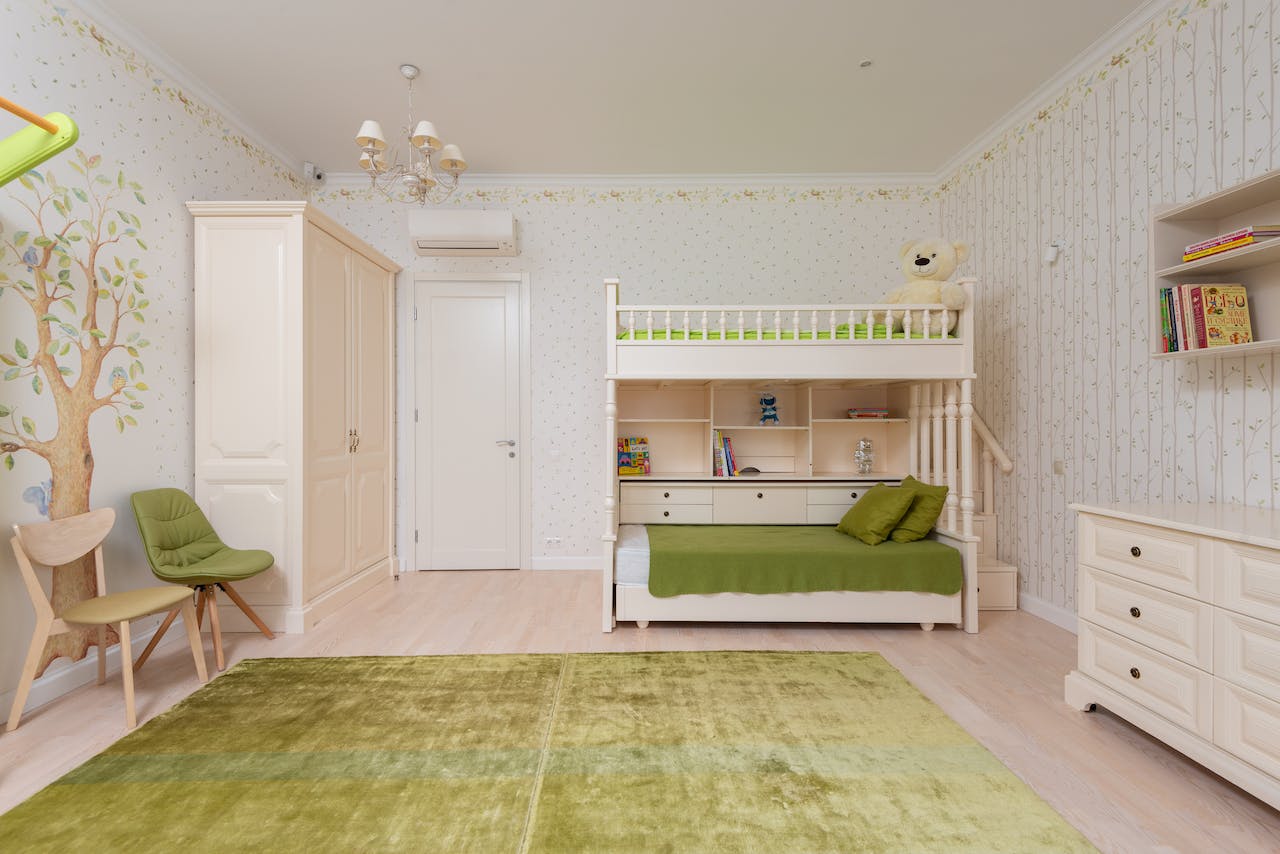Designing a home that combines safety, style, and functionality is essential for parents with young children. Selecting child-friendly home décor involves thoughtful consideration of furniture, accessories, and layout to create a safe yet aesthetically pleasing environment for both children and adults.
Safety Comes First
Prioritize safety when selecting home décor. Choose furniture with rounded edges and avoid pieces with sharp corners. Opt for stable, tip-resistant items to prevent accidents, particularly in areas where children frequently play or roam.
Non-Toxic Materials
Select furnishings made from non-toxic materials to minimize health risks for children. Materials such as natural woods, organic fabrics, and low-VOC (Volatile Organic Compound) finishes reduce exposure to harmful chemicals, ensuring a safer environment.
Durable and Washable Fabrics
Choose durable and easy-to-clean fabrics. Furniture covers and upholstery made from stain-resistant or machine-washable materials facilitate hassle-free cleaning, making it easier to maintain a pristine and hygienic space.
Functional and Storage-Oriented Designs
Opt for functional pieces with ample storage options. Furniture with built-in storage compartments helps keep toys, books, and other children’s items organized and easily accessible, reducing clutter and ensuring a tidy space.
Avoid Delicate or Fragile Décor
Minimize delicate or fragile décor items. Fragile ornaments or décor with small detachable parts pose safety risks for children. Opt for sturdier and child-resistant accessories to prevent breakage or potential hazards.
Child-Proof Window Treatments
Install child-friendly window treatments. Cordless blinds or curtains with tie-backs are safer alternatives, eliminating the risk of entanglement for young children, ensuring a secure and child-proof environment.
Child-Sized Furniture and Accessories
Incorporate child-sized furniture and accessories. Consider items like child-sized tables and chairs, providing a comfortable and accessible space for little ones to engage in activities or meals.
Interactive and Educational Décor
Select décor that encourages interaction and learning. Wall art with educational themes, interactive play mats, or growth charts not only add to the aesthetic appeal but also provide opportunities for children to learn and engage.
Adaptability for Changing Needs
Choose décor that adapts to changing needs. Opt for versatile pieces that can grow with your child, such as adjustable furniture or modular designs, ensuring longevity and reducing the need for frequent replacements.
Create Designated Safe Zones
Designate specific safe zones. Establish areas, such as play corners or reading nooks, that are well-defined and safe, encouraging play and exploration while ensuring a secure environment.
By considering these factors and implementing child-friendly home décor choices, parents can create a safe and stylish interior design that caters to the needs of both children and adults, fostering a comfortable and secure home environment.




